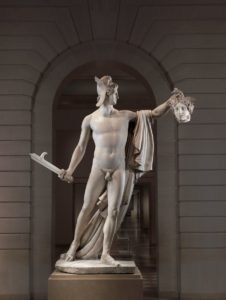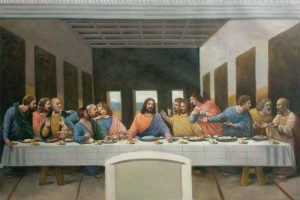Cartwright, Mark. “Ancient Greek Sculpture.” Ancient History Encyclopedia. Ancient History Encyclopedia, 15 Mar 2018. Web. 11 Dec 2018.
In this source, it describes the history and background for the progression of Greek society that consequently created some of the most advanced and confiscated sculptures known to the ancient world. As well as describing and observing the progress Greek sculptures have made over the span of the civilizations experience.
“Early Classical Greek Sculpture.”accessed December 9, 2018, http://www.visual-arts-cork.com/antiquity/greek-sculpture-early-classical-period.htm
This source goes in depth with famous sculptures in what variety each posses as time passes on. To the material used as well as the particular style the artist had used to create the sculpture.
“British Museum.” accessed December 9, 2018,https://britishmuseum.tumblr.com/post/116634785287/most-greek-sculpture-that-survives-from-antiquity
This source shows posts of multiple sculptures from the Greek civilization in the ancient era in museums around in Britain. Having knowledge of other type of sculptures found in other locations can help solidify the similarities between the sculptures.
Margaret Talbot, “The Myth of Whiteness in Classical Sculpture.” The New Yorker.” October 29th, 2018. Accessed December 9, 2018, https://www.newyorker.com/magazine/2018/10/29/the-myth-of-whiteness-in-classical-sculpture
This article shows how the original sculptures of ancient Rome and Greece used colors to show a more somewhat realistic depiction. Scholars show in this article how the marble statues would have looked like if the the color/ paintings were still in the original.













